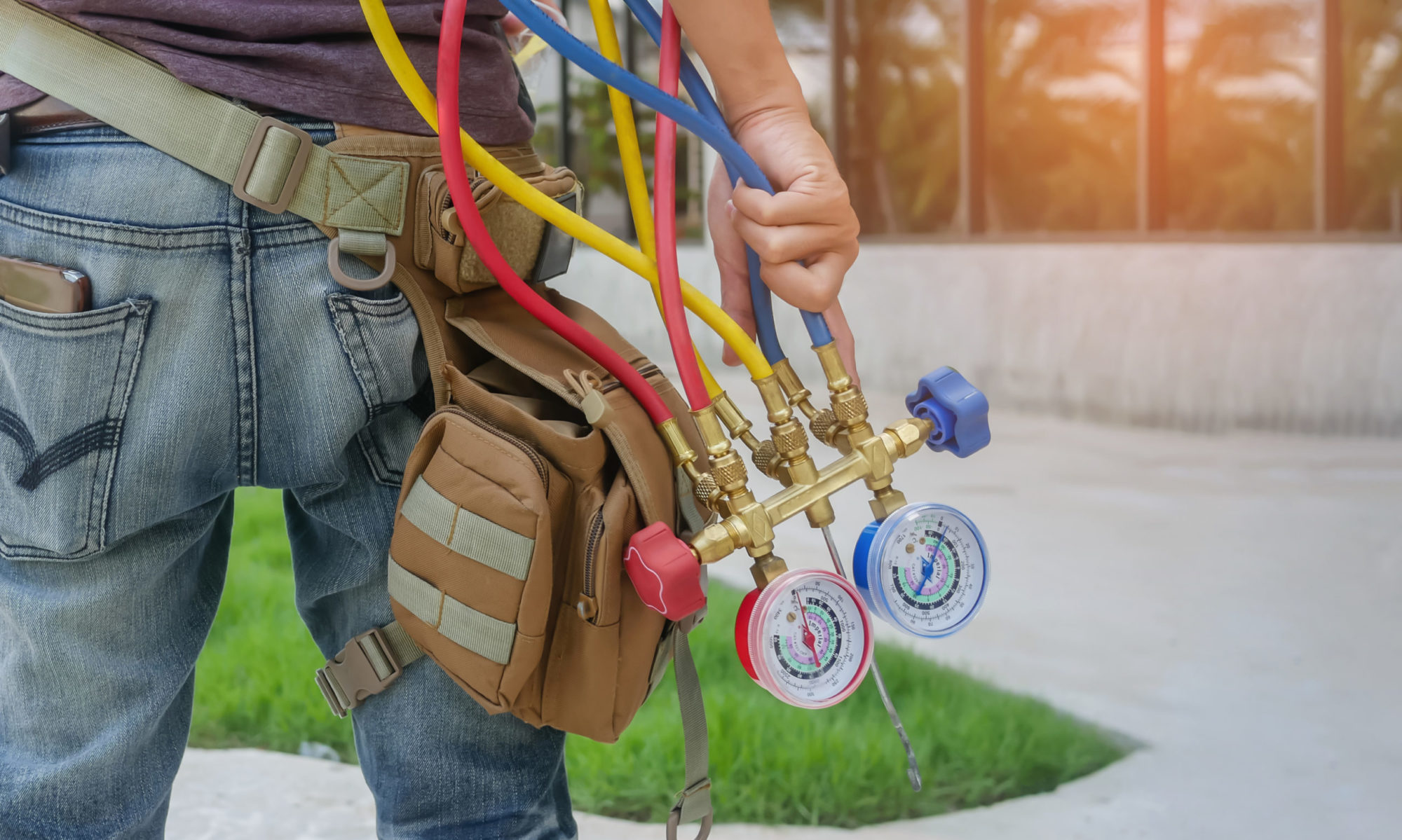Just like traditional HVAC systems, VRF HVAC systems are refrigerant based and air-cooled. These also use an outdoor condenser unit and indoor fan units like older systems.
But instead of one large unit supplying hot or cool air in your house, the VRF system has multiple small air handlers that can be controlled individually and can be piped back to one main system.
Variable Refrigerant Flow refers to this system’s ability to separately control the amount of refrigerant flow reaching each specific air handler.
The biggest advantage of VRF HVAC systems is that they can provide heating and cooling at the same time, in different areas of your house, as required.
Moreover, these systems are energy-efficient and noise-free as there is no single large unit that has to bear all the load. The variable speed compressor runs only at the required speed according to current temperature conditions.
Characteristics and advantages of a VRF HVAC system
- Energy efficiency
The VRF HVAC system is not just energy efficient because of the multiple smaller air handlers but also because the system provides only that amount of energy that is required for cooling under current conditions.
Plus, it is designed to redirect the heat absorbed in the cooling process to other parts of the house for heating purposes. So, it runs at a lower capacity and less frequently, helping you save a lot on energy and on your monthly bills.
- Gives simultaneous heating and cooling
The most convenient and important feature of this system is that it can provide heating in one area of the house while cooling another zone at the same time.
- Noiseless
The condensing unit is installed outdoors and there are multiple small air handlers indoors as compared to one big unit like in split air conditioning systems. So, this system is not loud.
- Fewer breakdowns
The VRF HVAC system runs only as and when required and uses only that much refrigerant that is needed to cool the different areas of the house. Compared to traditional systems, this does not have to overwork and hence there is less wear and tear of parts, leading to fewer breakdowns which is good because no one should take those Bay Area summers or winters for granted.
It may not be Alaska or Arizona but no one wants to live in a 40 or 95 degree home.
- Takes less space
This system does not require ducts and the air handlers are small. Hence you can save a lot of space.
- Has modern control options
Residential VRF HVAC systems have mobile device control options. So, you can easily regulate the temperatures in different areas of your home from your phone.

